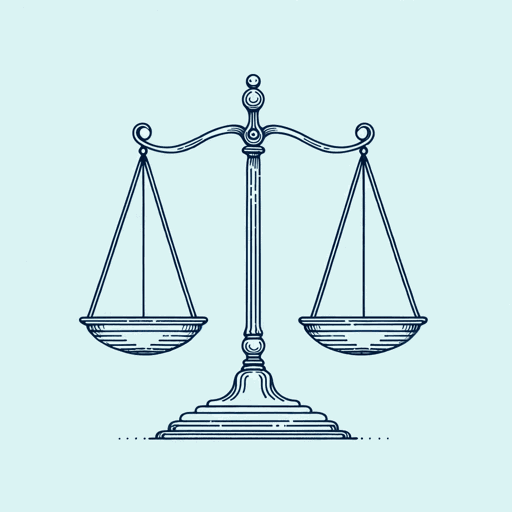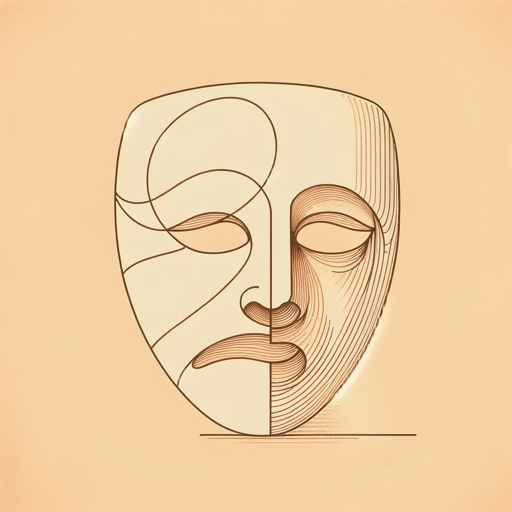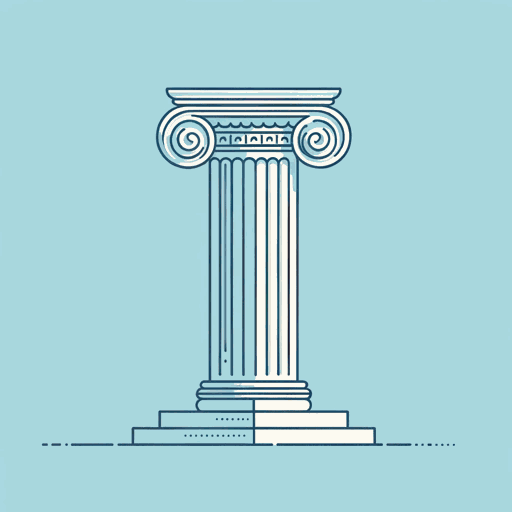40 pages • 1 hour read
AristotleRhetoric
Nonfiction | Essay Collection | Adult | BCEA modern alternative to SparkNotes and CliffsNotes, SuperSummary offers high-quality Study Guides with detailed chapter summaries and analysis of major themes, characters, and more.
Symbols & Motifs
Logical Reasoning (Logos)
Aristotle innovated the study of rhetoric by positing three central pillars of “artful” persuasion (that is, argument requiring rhetorical manipulation). The most important of these pillars is what we might call “logical reasoning” (logos in Greek), which seeks to influence the audience through pure reason and factors such as possibility. The author breaks this category into two rhetorical tools: example and enthymeme.
Example is essentially an appeal to judgments from the past, whether in the form of quotes from ancient authors, quotes from more recent thinkers, or invented fables. Aristotle advocates using this method in support of enthymeme, rather than on its own, since it is difficult to argue a point through example alone.
Enthymeme is based on the dialectical tool of syllogism. According to Aristotle, “Rhetoric is the counterpart of Dialectic” (1), the public form of philosophical debate. If such is the case, then the most effective tool of dialectic, syllogism, translates into rhetoric as enthymeme. In light of the different contexts and audiences, enthymeme has few premises, forming an incomplete logic chain that the audience can complete for themselves; this allows the audience to feel intelligent.
Related Titles
By Aristotle







